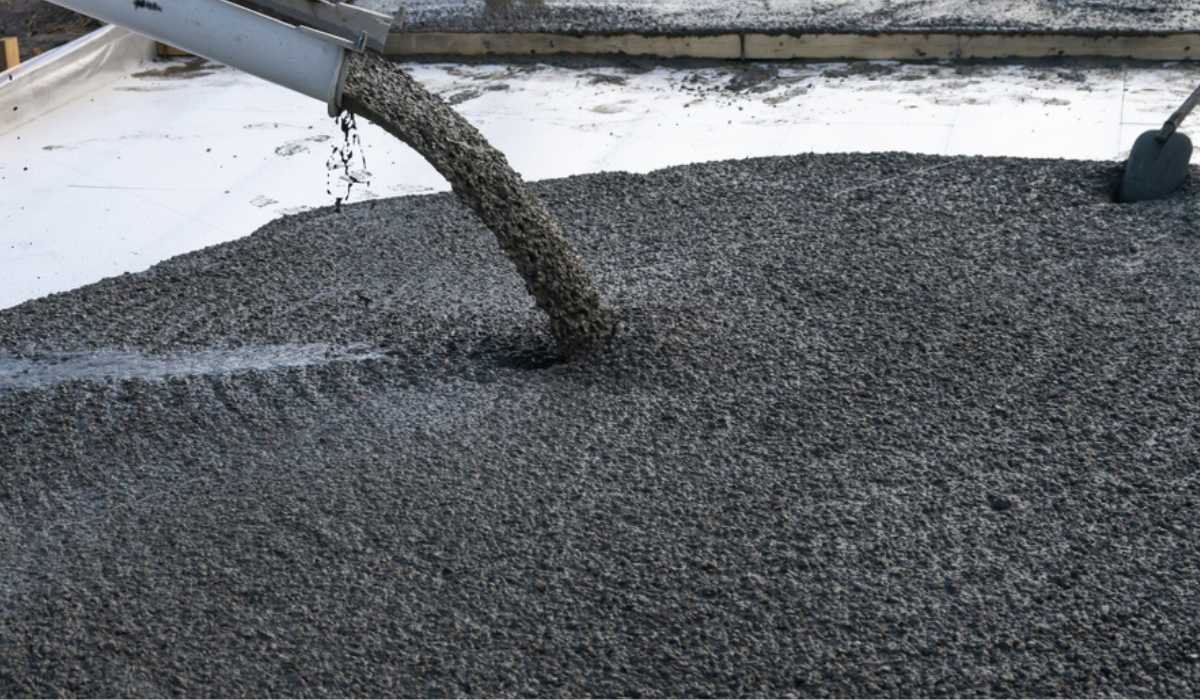Revealing the Eco-Friendly Advantages of Utilizing Recycled Concrete in Sustainable Construction Practices
In the realm of sustainable building practices, the utilization of recycled concrete stands as a pivotal yet often undervalued source. Past its traditional applications, recycled concrete offers a myriad of environment-friendly advantages that prolong far beyond the boundaries of traditional building and construction products.
Ecological Advantages
By including recycled concrete into building and construction methods, there is a significant decrease in the need for brand-new raw materials, leading to preservation of all-natural sources. Additionally, the usage of recycled concrete lessens the quantity of waste being sent out to garbage dumps, thereby lowering ecological contamination and reducing the strain on garbage dump abilities (Concrete).

Furthermore, the production of typical concrete is a significant resource of carbon emissions because of the energy-intensive procedure of concrete manufacturing. On the other hand, recycled concrete has a reduced carbon impact as it minimizes the need for brand-new concrete production. This decrease in carbon emissions adds to mitigating climate change and sustains sustainable construction methods. In general, the ecological benefits of making use of recycled concrete are significant and play a vital role in promoting environment-friendly building and construction techniques.
Cost-Efficiency
Attaining cost-efficiency is a paramount factor to consider when assessing the application of recycled concrete in building tasks. One of the vital advantages of utilizing recycled concrete is its cost-effectiveness compared to typical concrete.
Furthermore, using recycled concrete can bring about savings in landfill expenses by drawing away concrete waste from disposal websites. This not only reduces the environmental influence but additionally gets rid of the costs linked with waste removal. The durability and efficiency of recycled concrete are comparable to traditional concrete, making sure that expense financial savings do not endanger the top quality of the building.
Toughness and Strength
Recycled concrete deals comparable, if not remarkable, toughness and toughness residential properties to traditional concrete - Concrete. Through improvements in handling strategies and high quality control, recycled concrete can meet or go beyond the efficiency standards of traditional concrete.

Waste Reduction
Reliable waste decrease techniques play a vital duty in the lasting application of sources within the construction market. When it pertains to using recycled concrete, waste decrease is a key benefit that adds considerably to environmental preservation. Conventional building approaches typically produce substantial amounts of waste, specifically in the form of concrete debris from demolition websites. By integrating recycled concrete right into building jobs, this waste is repurposed and drawn away from landfills, minimizing the general ecological effect of construction tasks.
Recycled concrete not only assists in reducing the amount of waste that winds up in land fills but also conserves all-natural resources by lowering the need for new accumulated products. This process of waste decrease promotes a circular economic situation within the construction industry, where products are reused and reused to create a more lasting market. Additionally, making use of recycled concrete can result in cost savings for building tasks, as it is frequently extra budget-friendly than sourcing and carrying brand-new materials. Finally, waste decrease via the utilization of recycled click here to read concrete is a vital element of lasting building practices that benefits both the setting and the construction sector as a whole.
Power Conservation
Energy preservation is a critical aspect of sustainable construction practices, intending to reduce the total energy intake related to structure operations and products production. Substantial energy cost savings are attained compared about his to typical concrete production when it comes to using recycled concrete in building. The procedure of producing recycled concrete involves reusing and crushing existing concrete materials, which eats much less energy than mining, processing, and transferring resources for new concrete production. Furthermore, the usage of recycled concrete can help reduce the demand for virgin accumulation, more reducing the energy-intensive extraction and processing of natural sources.
Verdict
To conclude, the application of recycled concrete in lasting building and construction practices provides countless ecological benefits, cost-efficiency, toughness, strength, waste reduction, and power preservation. By integrating recycled concrete right into construction tasks, we can add to an extra sustainable and environmentally pleasant future. It is necessary for the construction industry to focus on making use of recycled products to aid decrease the environmental effect of building and construction activities.
One of the essential advantages of using recycled concrete is its cost-effectiveness compared to typical concrete.Furthermore, the usage of recycled concrete can lead to financial savings in landfill expenses by drawing away concrete waste from disposal sites. The durability and efficiency of recycled concrete are similar to conventional concrete, making certain that cost savings do not endanger the quality of the building and construction.
